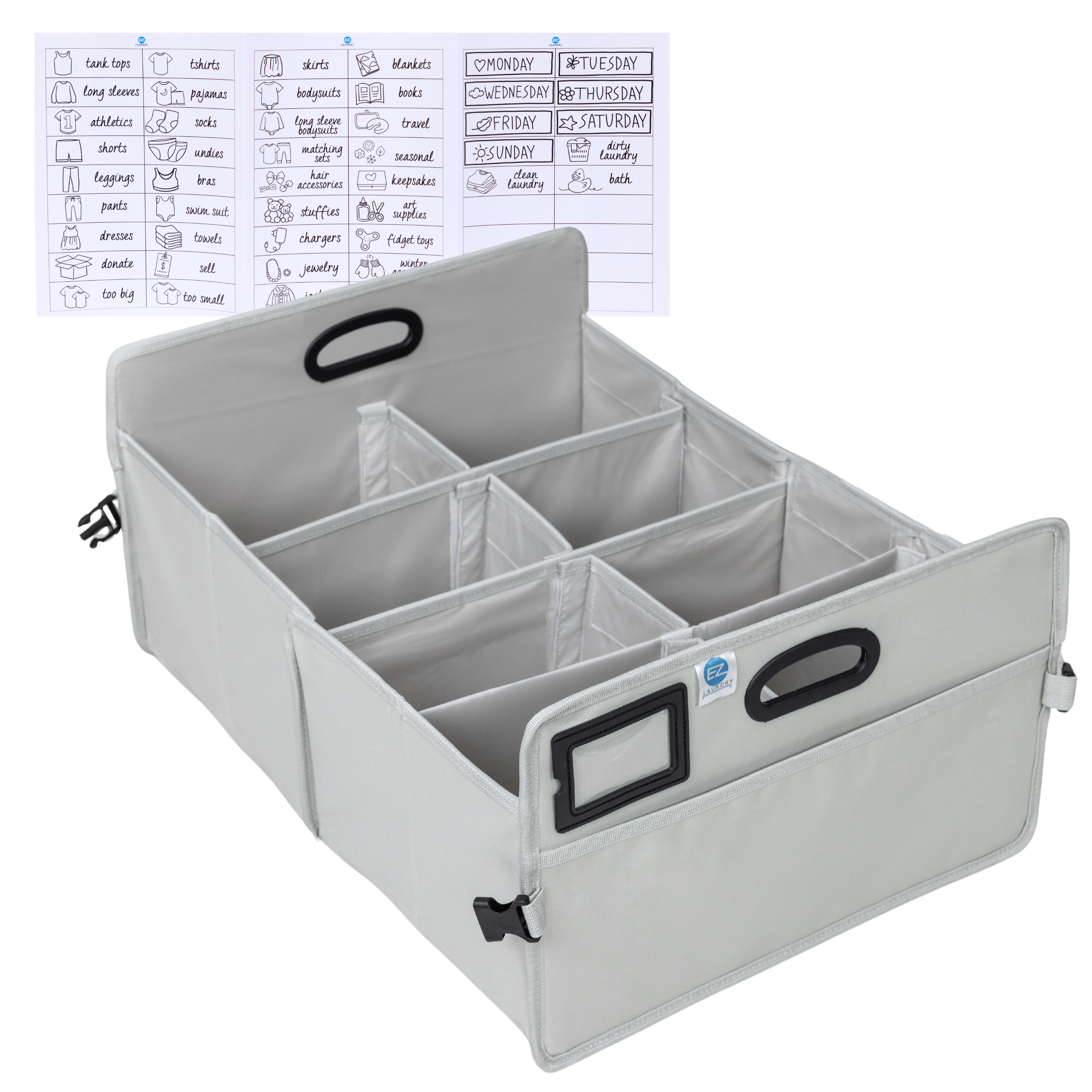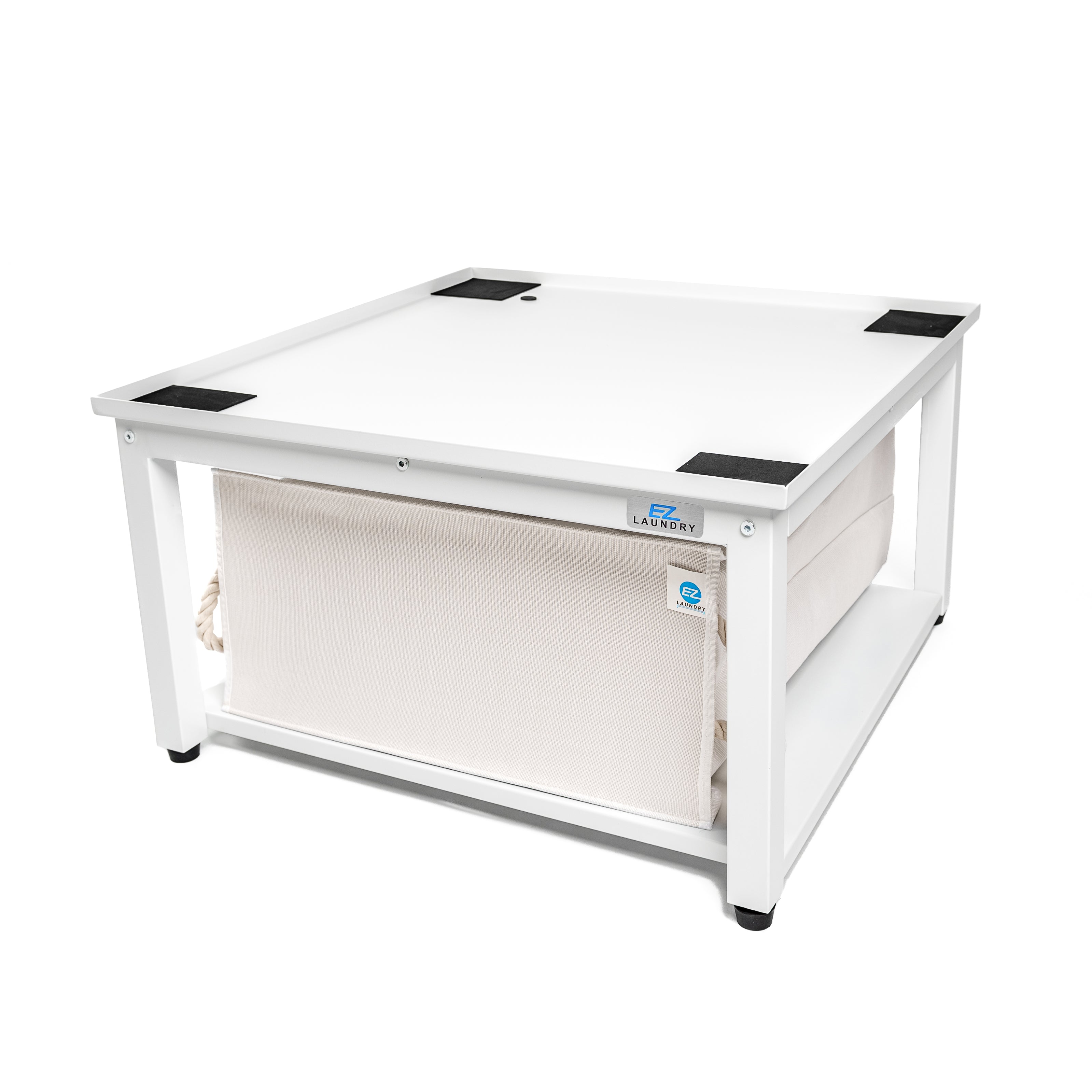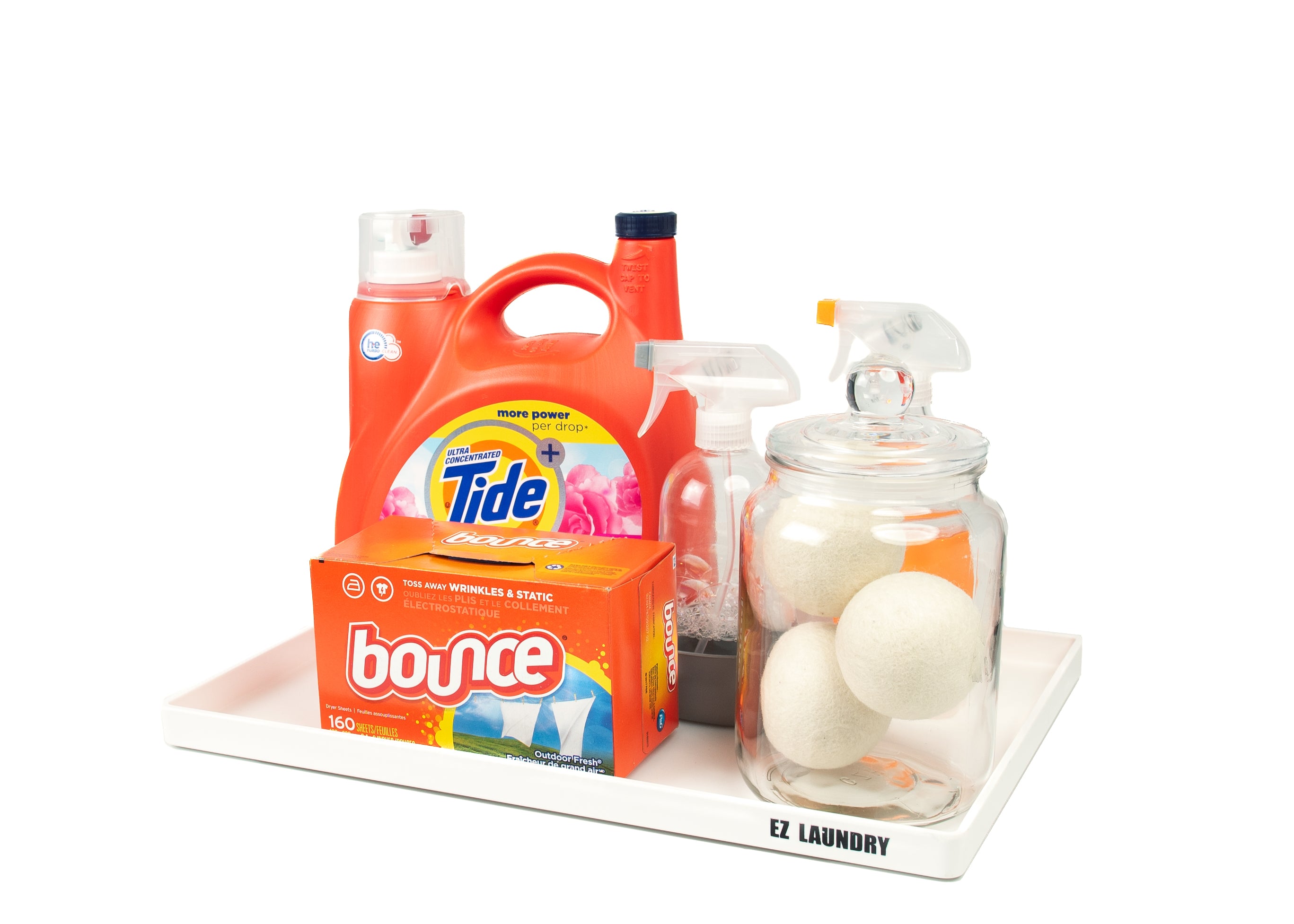|
Summary: A washing machine making loud noises could indicate several issues, such as an unbalanced load, worn drum bearings, a malfunctioning pump, or a damaged motor. By inspecting these components, you can diagnose the problem. If the noise persists, consider calling a professional to avoid further damage to your machine. |
A washing machine making loud noises can be a huge inconvenience, disrupting your laundry routine and causing frustration. Whether it’s a grinding, rattling, or buzzing sound, it's important to understand what’s causing the noise and how to fix it. I’ll walk through the common reasons for loud washing machine noises and how to diagnose them effectively. Make laundry day easier and more comfortable with the Universal Fit Laundry Pedestal.
Understanding Washing Machine Noises
Before we dive into diagnosing the problem, it’s essential to know that different noises may point to different issues. Here's a quick breakdown of the sounds you might hear:

-
Grinding or Screeching: This can be a sign of something rubbing together, like a damaged motor or bearings.
-
Rattling or Thumping: Usually caused by an imbalance in the load or a loose part.
-
Banging or Knocking: Often related to the drum or internal components moving freely during the spin cycle.
-
Buzzing or Humming: Could indicate an issue with the pump or motor.
Step 1: Check the Load Balance
One of the most common causes of loud noises is an unbalanced load. If your washing machine is overloaded or the clothes are bunched up on one side, the drum will have trouble rotating evenly. This imbalance can lead to banging and thumping noises.
How to Check:
-
Open the washing machine and redistribute the clothes. Try to make the load even on all sides.
-
If you’ve overloaded the washer, remove some items to ensure the drum can move freely.
-
Ensure that larger and smaller items are mixed together to prevent one side from being heavier than the other.
Step 2: Examine the Drum and Agitator
If redistributing the load doesn’t solve the noise issue, it’s time to inspect the drum and agitator. The drum should rotate smoothly, and the agitator should move without obstruction.
Common Issues:
-
Worn-out bearings: If the drum makes a grinding or screeching noise, it could be that the bearings supporting it are worn out. Over time, these parts can degrade, leading to excessive friction and noise.
-
Damaged drum baffles or agitator fins: If the fins inside the drum or agitator are broken or dislodged, they can create loud banging noises during the wash cycle.
What to Do:
-
Inspect the agitator or drum to see if any parts are cracked or broken.
-
If you find damaged components, it’s best to replace them. This is where using high-quality spare parts can help maintain your washer’s performance and extend its lifespan.
Step 3: Check the Suspension Springs and Shock Absorbers
Your washing machine has suspension springs and shock absorbers to help stabilize the drum during the spin cycle. If these components are damaged or worn out, you may hear banging, knocking, or shaking sounds.
How to Inspect:
-
If your washing machine is a top loader, you can often access the suspension springs by removing the top panel.
-
For front-loaders, the shock absorbers are typically located at the base of the machine.
-
Check for any visible signs of wear or damage.
What to Do:
-
If you find broken or worn-out suspension components, they will need to be replaced to restore your washer’s stability.
Step 4: Investigate the Pump
A buzzing or humming noise can often be traced back to the water pump. If the pump is clogged or malfunctioning, it may struggle to drain the water, leading to unusual sounds during the cycle.
How to Inspect:
-
Unplug the washing machine and remove the front panel (or back panel, depending on the model).
-
Check the pump for any blockages, such as lint, coins, or small clothing items.
-
If the pump is clear but the noise persists, the motor may be failing.
What to Do:
-
Clear out any debris that may be obstructing the pump.
-
If the pump is damaged or the motor is malfunctioning, you may need to replace the part.
Step 5: Inspect the Drive Belt and Pulley
If your washing machine uses a belt to power the drum, a worn or damaged belt can cause screeching or grinding sounds. Similarly, a misaligned or damaged pulley can create similar noises during the wash cycle.
How to Inspect:
-
For most machines, the drive belt is located at the back of the machine, under the outer panel.
-
Check the belt for signs of fraying, stretching, or cracking.
-
Inspect the pulley for any looseness or wear.
What to Do:
-
If the belt is damaged, it will need to be replaced. If the pulley is misaligned, adjust it carefully.
Step 6: Check the Motor
If your washing machine’s motor is causing the noise, it could be due to worn-out motor bearings or an electrical fault. A failing motor can produce a loud humming or buzzing sound during the cycle.
How to Check:
-
Unplug the washing machine and open the motor compartment.
-
Check for any visible damage to the motor or motor mounts.
-
Look for any unusual smells, such as burnt rubber or electrical odors.
What to Do:
-
If the motor is faulty, it will likely need to be replaced. Be sure to consult the manufacturer’s manual or a professional repair technician.
Step 7: Inspect the Water Inlet Valve
A water inlet valve controls the flow of water into the washing machine. If this valve is malfunctioning, it can cause a loud buzzing sound as it attempts to fill the drum with water.
How to Check:
-
Listen carefully when the washing machine starts its cycle. If the noise starts as the machine fills with water, the valve might be the problem.
-
You can also check the valve for visible signs of damage or wear.
What to Do:
-
If the valve is malfunctioning, it will need to be replaced. Ensure that you get a replacement valve that matches your machine’s make and model.
Step 8: Level the Washing Machine
Sometimes, loud noises are simply a result of an uneven washing machine. If your machine is not level, it can cause the drum to wobble, resulting in knocking or banging sounds during the spin cycle.
How to Check:
-
Place a level on top of the washing machine to see if it is sitting evenly on the floor.
-
Adjust the feet of the machine if necessary to ensure it is balanced.
What to Do:
-
Adjust the machine’s feet so that it is level on the floor. This can often resolve issues with excessive noise.
When to Call a Professional
If you’ve gone through all these steps and the washing machine making loud noise, it might be time to call a professional. A technician can diagnose more complex issues such as a malfunctioning motor or internal component damage. Repairing or replacing these parts on your own may be difficult, especially if your machine is under warranty. You can get yourself a Universal Fit Laundry Pedestal if having space issues.

Wrapping Up
A washing machine making loud noises can be an indication of several different problems. By following these steps, you can diagnose the issue yourself, saving time and money on repairs. However, always remember that safety comes first. If you are not comfortable performing any of the repairs yourself, or if the issue persists, don’t hesitate to call a professional.
Taking good care of your washing machine and replacing worn-out components with high-quality parts from trusted brands can help you keep your machine in top shape, reducing the likelihood of noise issues in the future. By maintaining your washing machine properly, you can enjoy quiet, efficient laundry days for years to come!







